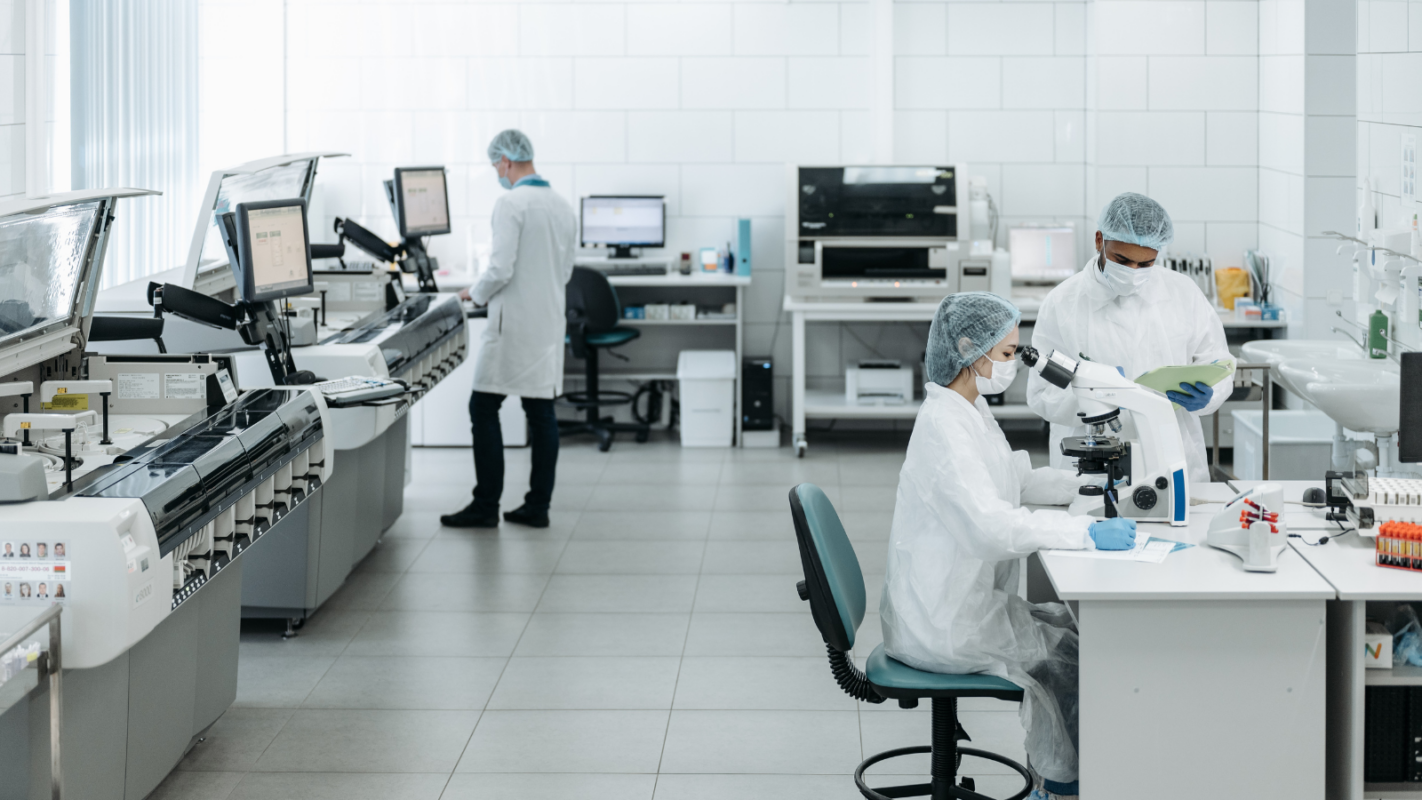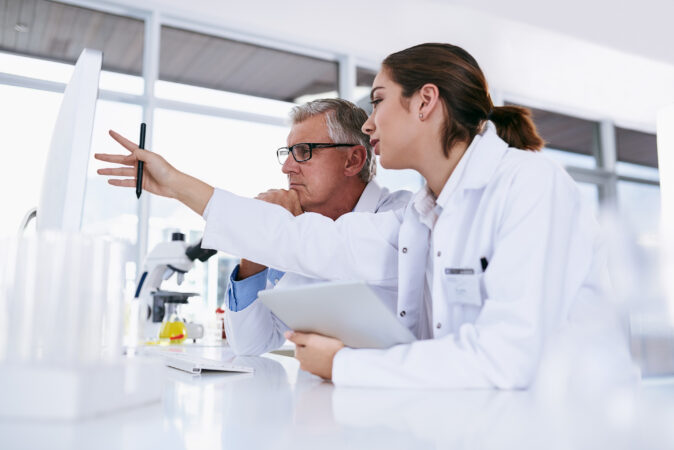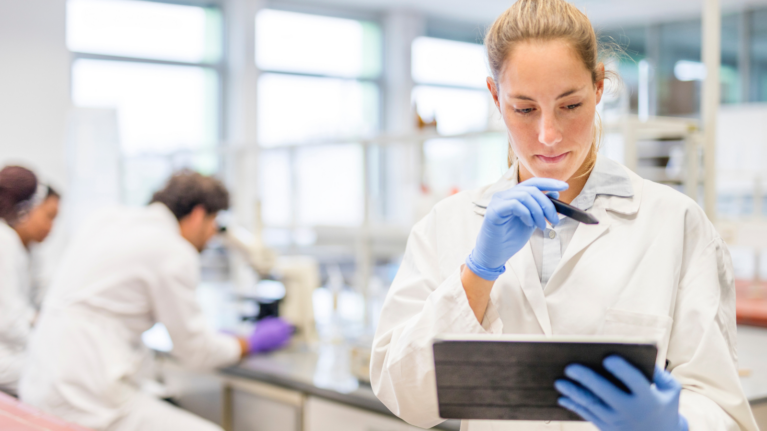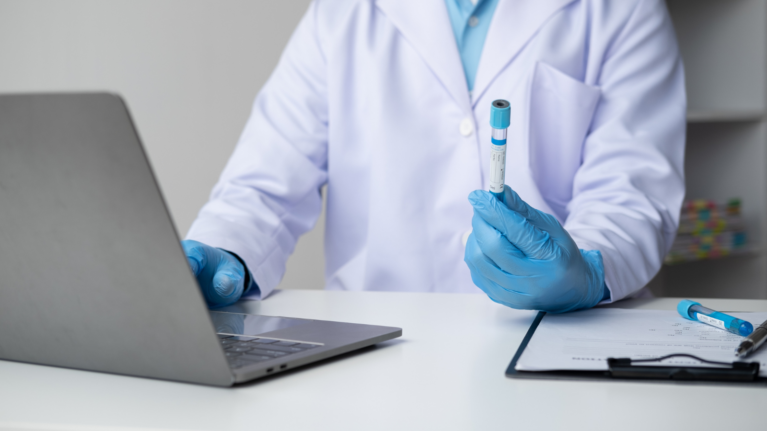

 By Paul Berning
7 min read
21 Jun 2023
By Paul Berning
7 min read
21 Jun 2023
If you’re reading this, you’re likely on a desktop computer, tablet, or phone.
We often take the complex inner workings of these devices for granted, but what they do is incredible, managing input and output from a wide range of software and hardware.
And at the center of it all is the operating system (OS), an essential piece of software that communicates with the central processing unit (CPU), hard drive, memory, and other software, integrating them so your device can operate correctly. It also enables you as a user to communicate with your computer, tablet, or phone and perform tasks through a simple visual interface without knowing how to speak your device’s language.
While the basic function is the same, not all OSs are created equally: Apple’s OS provides a visually stunning interface with an emphasis on simplicity and integration. In the case of Microsoft’s OS, high performance, security, and usability are the priorities.
For the past few years, my team and I have envisioned a world where an OS could exist in a life science lab. Instead of using a different program for each instrument, all instruments and equipment could be accessed and controlled using one software interface without prior knowledge about the specifics of their inner workings, bringing lab automation to a new level. This possibility would make experimentation accessible to personnel of all experience levels and save massive amounts of time on a lab-, department-, and organization-wide scale.
In the following blog, we’ll dive deeper into lab automation, the current limitations of automated instrumentations, and how our mission – building a “Lab OS” – can bring about the next generation of life science research.
Over the past few decades, the number of sophisticated automated liquid handling and analytical instruments has increased, arming scientists with powerful tools for advancing our understanding of the world around us.
There are 3 core components of lab automation that make it possible:
Ultimately, combining these three components into an automated instrument setting that can perform everything from sample preparation to analysis, leads to significant benefits for many laboratories, including:
While the benefits of automation are clear, there are still limitations that remain.
Working with current automated laboratory instruments and equipment requires a thorough understanding of how manual life science protocols are designed and implemented. In addition, experience with the instruments’ operation, functionality, and associated software is necessary, and training by or consultation with a technical expert is usually required before operating an instrument. This knowledge and training enable laboratory personnel to make informed decisions, troubleshoot issues, and optimize the performance of automated systems.
Each automated laboratory instrument has unique features, protocols, and software interfaces. Users must receive specific training on the instrument they will be working with to understand its capabilities, constraints, and maintenance requirements. Training programs provided by instrument manufacturers or third-party organizations familiar with the technology can help users gain expertise in operating the specific instrument effectively. However, this is not a long-term solution: Trainees will forget their training over time and make mistakes.
Many workflows and protocols require multiple automated instruments with unique features, protocols, and software platforms. To create a fully-automated, cohesive workflow, lab personnel must understand each instrument’s role, requiring additional training. In addition, because there are multiple platforms at play and no unifying system that interfaces with them, manual communication and processing are needed to ensure a smooth integration, data transfer, and analysis.
Automated instruments eliminate many aspects of human mistakes in the research process, yet there are several steps that are error-prone. Most systems require specific input parameters or configurations to perform tasks accurately. If errors are made during protocol setup, an instrument may inadvertently execute the wrong steps at a much larger scale than would be done if executed manually. This can result in erroneous data, unsuccessful experiments, and a massive waste of resources, reagents, and consumables.
Automated instruments also require regular calibration and maintenance to ensure accurate performance. Failure to properly calibrate or maintain the equipment can lead to downstream complications, and (as above) if an error goes unnoticed, it may result in inaccurate results, necessitating retesting and wasting resources.
At the beginning of this blog, I asked you to imagine a fully connected lab controlled by a Lab OS.
As you can see by the limitations outlined above, there is a need for the modernization of current laboratory automation. The current automated systems, with their robotics, software, and data management systems, are unnecessarily complex.
Furthermore, the “automation” of these instruments is a misnomer. Current instrumentation has reduced hands-on time significantly compared to manual protocols. Yet, trained personnel are still needed to tend to them to handle errors and ensure protocols are executed as intended.
To bring about the next phase in laboratory automation, my team and I at Genie Life Sciences have created a unifying Lab OS called Genie LabOS, enabling the full realization of your current automation stack without purchasing a whole new fleet of instruments.
The OS is instrument-agnostic, enabling scientists and automation engineers to design protocols across all connected instruments and accessories without needing training on instrument-specific software or hardware. Genie makes lab automation approachable by filling in the tiresome details for your deck layout, tips, and liquid class settings for clean and efficient liquid handling.
In doing so, laboratory personnel at all skill levels have access to the capabilities of their automated instruments. Building protocols can be done with simple, drag-and-drop ease. In addition, virtual dry runs capture the majority of a researcher’s intent, eliminate errors without having to do trial-and-error wet runs and enable users to publish protocols for better sharing and oversight.
Schedule a demo today to see how you can unleash the next generation of your laboratory’s automation capabilities.

 By Ethan Sagin
By Ethan Sagin
Learn how eLabNext utilizes impact-driven metrics and assessments to optimize digital operations, enhance customer satisfaction, and achieve lab digitization goals effectively.
Read more
 By Zareh Zurabyan
By Zareh Zurabyan
Discover the transformative power of a Sample and Digital Strategy, and follow our 5 easy steps to prep for a seamless ELN/LIMS transition.
Read more
 By Chris Austin
By Chris Austin
Discover the ongoing debate between paper and ELNs in research institutions, weighing the simplicity and tangibility of paper against the efficiency and collaboration-enhancing features of ELNs.
Read more
Schedule a Personal Demo for friendly expert guidance and a free lab workflow assessment.